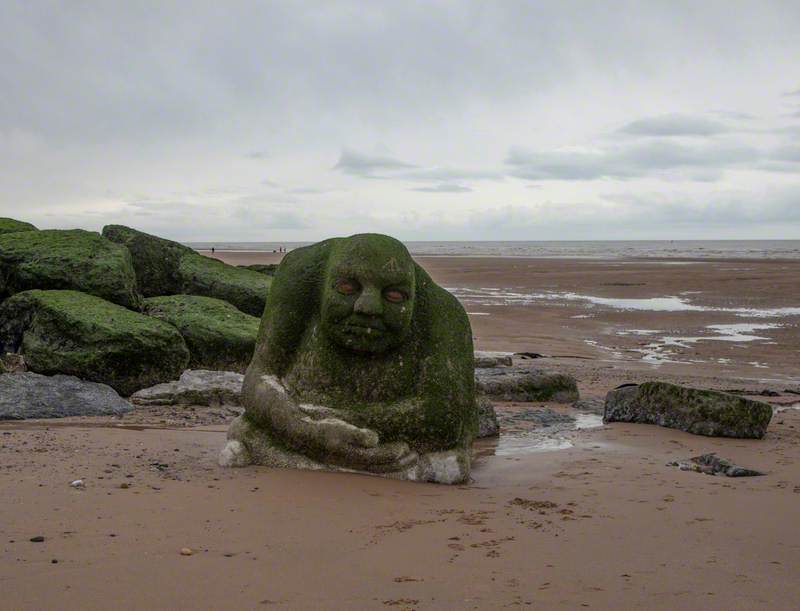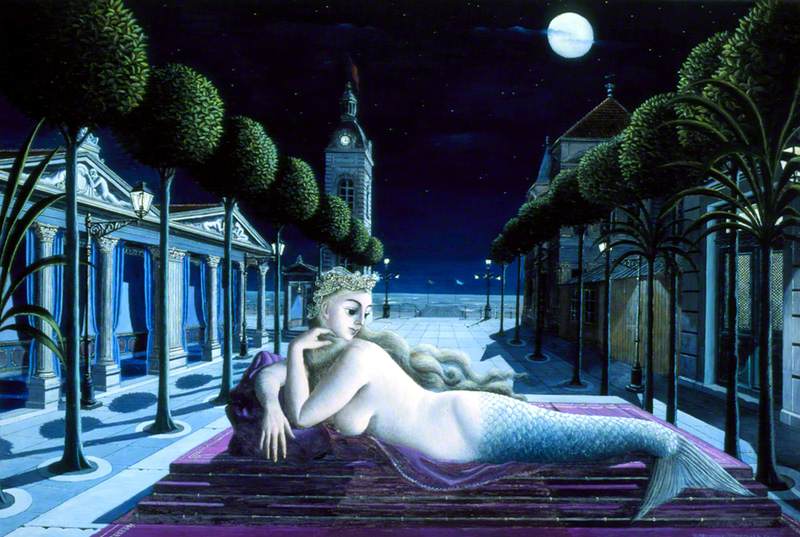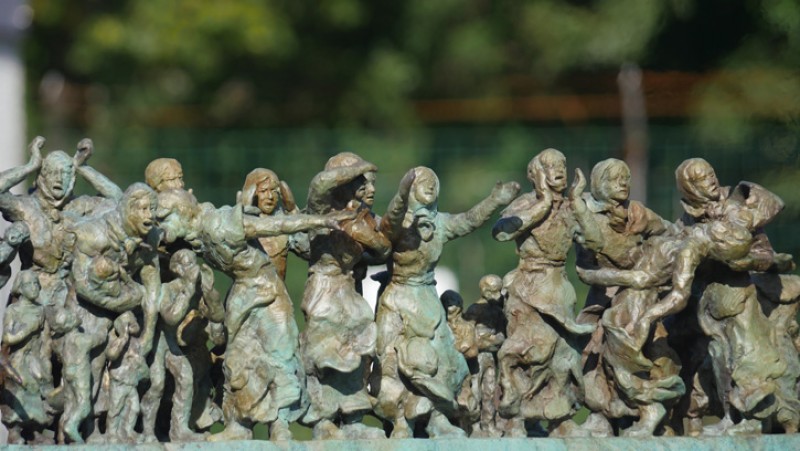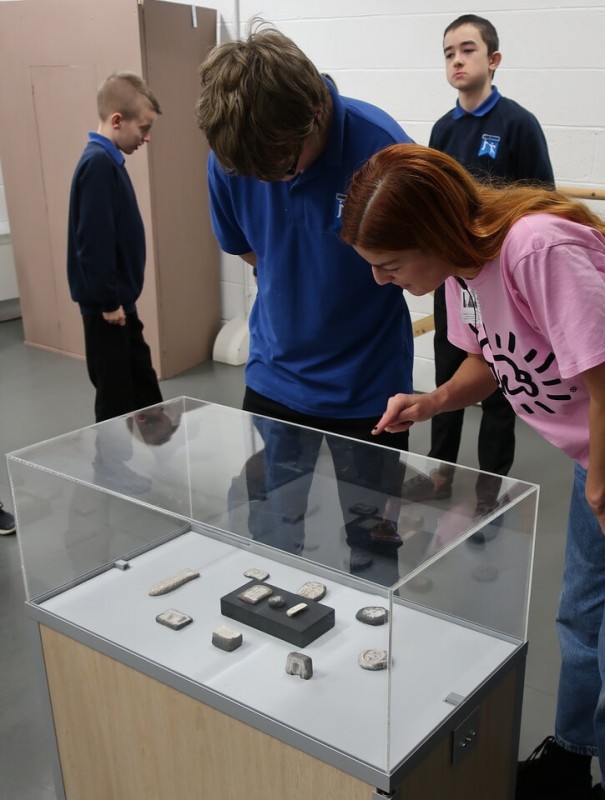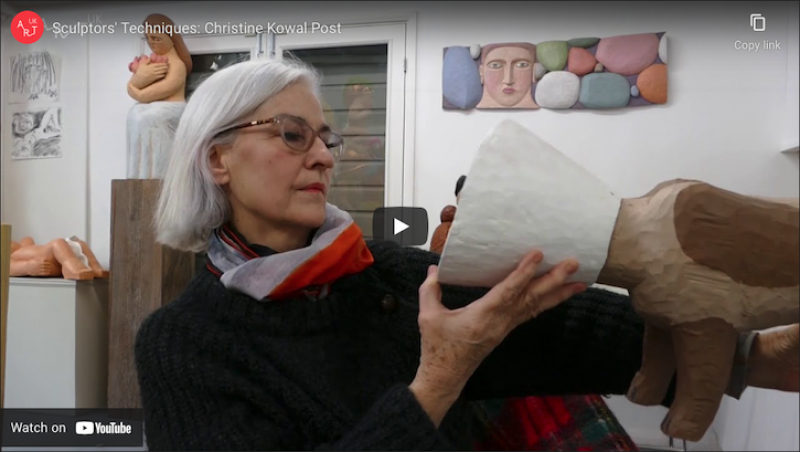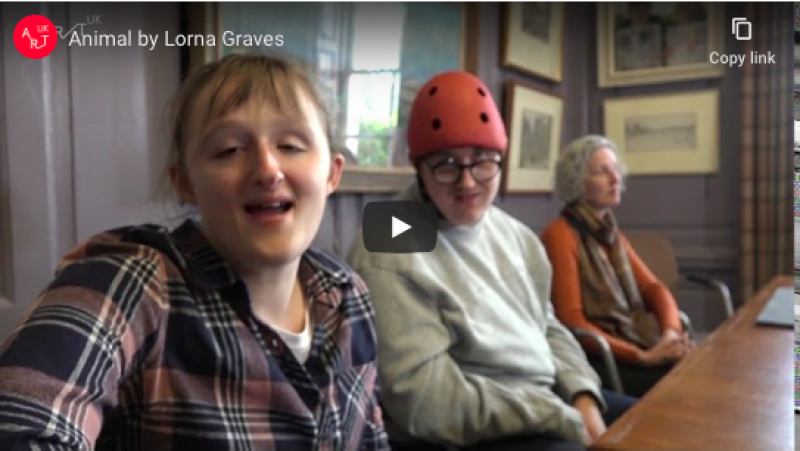Kelpies
In Scottish folklore, a kelpie is a dangerous shape-shifting water creature that can appear on land as a horse. The kelpie appears to their human victims as a grey or white horse, entices them to ride on their back, then carries them down to a watery grave. If caught using a magic bridle, however, the kelpie's immense strength can be used to safely carry passengers or to haul vast loads.
According to some folk tales the kelpie can also shape-shift into human form, usually a man, with tell-tale seaweed in his hair or hooves instead of hands.
The myth
The myth of the kelpies is certainly an old one. This short video discusses the possibility that kelpies appear in stone carvings made in the seventh century.
Robert Burns mentions kelpies in his poem Address to the Deil, written in 1786:
When thowes dissolve the snawy hoord,
An' float the jinglan icy boord,
Then, Water-kelpies haunt the foord,
By your direction,
An' nighted Trav'llers are allur'd
To their destruction.
Around the beginning of the twentieth century, kelpies became a somewhat popular theme for artists. Kelpies are also frequently mentioned in J. K. Rowling's Harry Potter and Fantastic Beasts series.
'The Kelpies' sculpture
The Kelpies
Andy Scott (b.1964) and SH Structures Ltd 
At 30 metres high, The Kelpies is the largest equine sculpture in the world. The two steel horse heads rear up by the Forth and Clyde Canal near Falkirk in central Scotland. It opened to the public in April 2014. Sculptor Andy Scott was inspired both by the myth of the kelpies and by the Clydesdale horses that once powered Scottish industry by pulling barges transporting goods and materials for manufacture.
Creating 'The Kelpies'
The Kelpies
Andy Scott (b.1964) and SH Structures Ltd 
To create the sculpture, Andy Scott first sketched his ideas based on how the sculptures would fit into their surroundings. From these sketches, he then made small development models known as maquettes, by welding together 9,115 flat steel plates over a steel frame. Andy Scott then worked with engineers who used laser scans and 3D computer modelling to translate the maquettes into sculptures ten times their size. Innovative techniques were used to create strong, rigid, steel structures with flowing curves that appeared – almost – to be moving.

